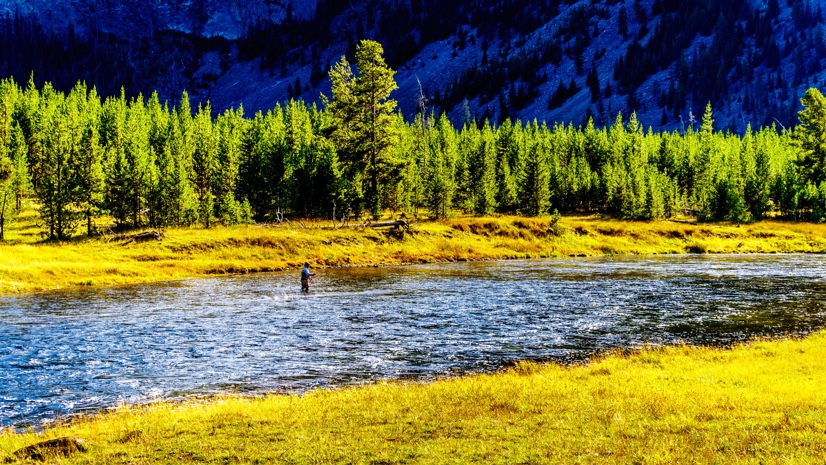
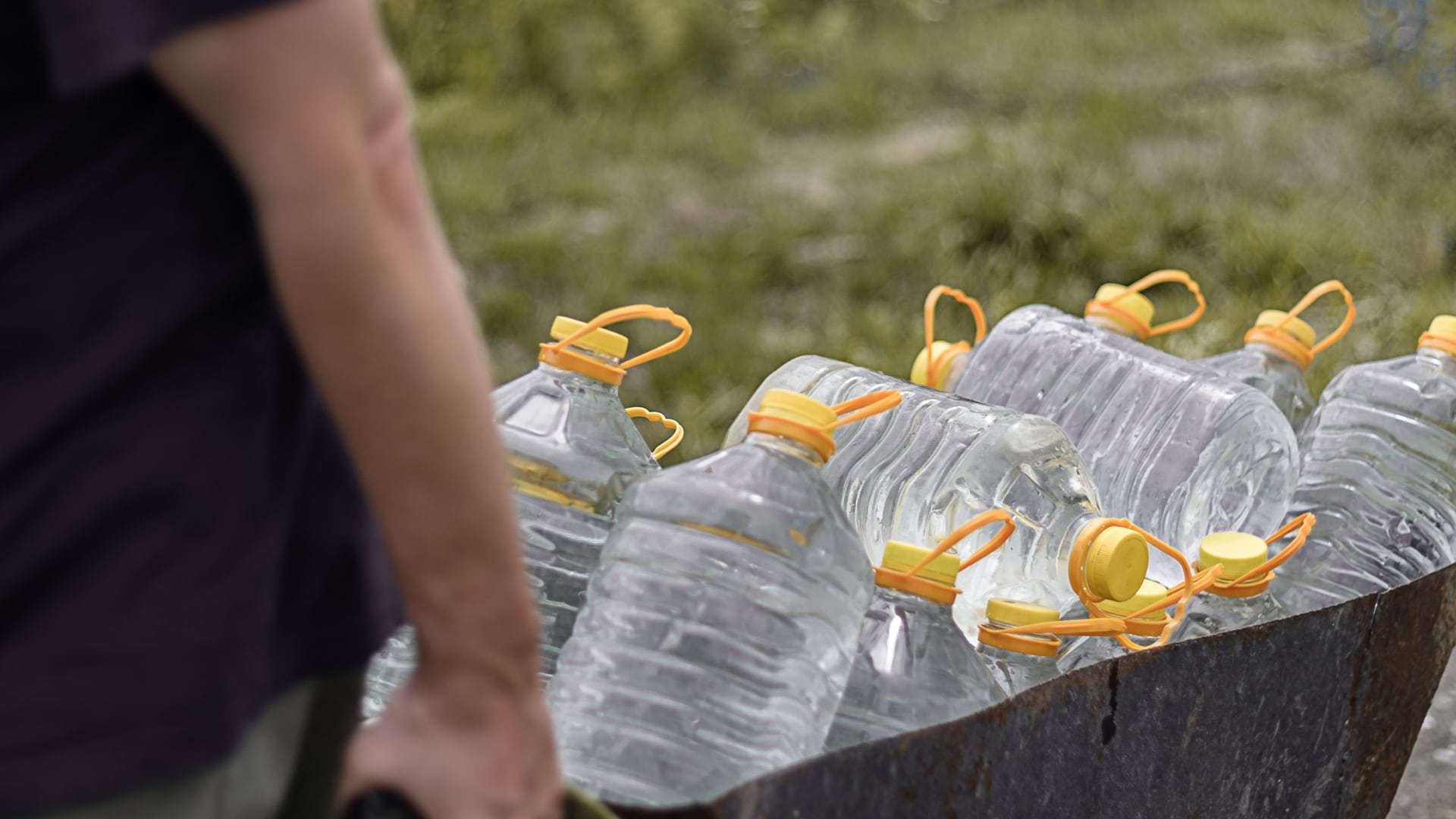
August 25, 2020 | Multiple Authors |
November 9, 2021

The Montana Department of Natural Resources and Conservation (DNRC) recently experienced a rare money problem: a surplus instead of a deficit. To figure out where to spend the money, state officials analyzed maps and built online dashboards to share results with the public.
Thanks to the $350 billion American Rescue Plan Act of 2021 (ARPA) passed by Congress in March to provide economic stimulus for state, local, territorial, and tribal governments that Montana officials found themselves with about $900 million to use strategically.
The Montana legislature decided the bulk of the money should be spent to upgrade the state’s water and sewer systems, and the staff at the DNRC were tasked with determining which communities to invest in. But they had to move quickly to meet the deadline imposed by the legislature.
Montana DNRC invited city and county governments, state agencies, water and sewer associations, and conservation districts to submit proposals for projects to fund. “They only had about a month to apply for this money, and we got over $900 million in grant requests,” said Autumn Coleman, DNRC’s resource development bureau chief. “For people to even apply for the money, they had to figure out how much they could get and how much in matching funds they needed to bring to the table to even be considered.”
To allocate and disperse the funds, DNRC created two separate grant programs. One was to be divided among Montana’s 56 counties, based on the same formula used to distribute money collected from the state’s gasoline tax. This gas tax formula calculates a county’s size, population, and miles of public roadways. The formula was fair but complex and difficult to parse for those unfamiliar with it. Adding further confusion, potential grantees were required to present matching funds.
That’s where an online dashboard and map proved crucial to the effort. Coleman and her team significantly reduced the complexity of the process by building a public-facing map and dashboard using a geographic information system (GIS).
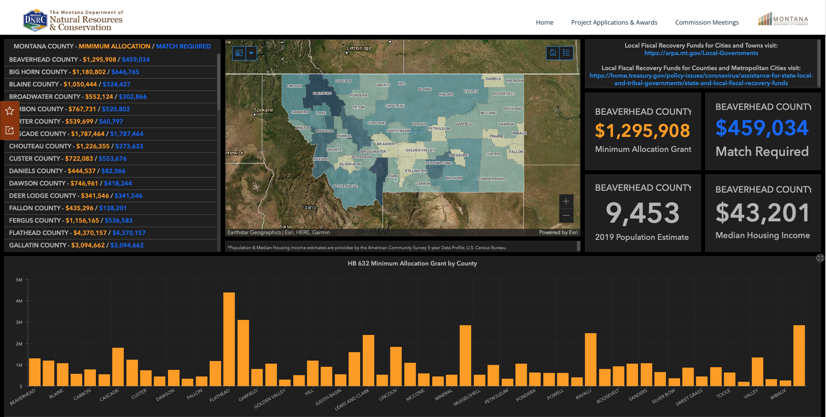
The visualization tools added a graphic element to what would otherwise be just facts and figures. Residents and grant applicants could more easily make a connection between the gas tax formula and its impact on funding decisions—and also monitor what decisions were being made as they began to appear on the map.
“It’s just a really hard thing to explain to folks, so having this mapping tool made it easier for people to understand,” Coleman said. “I think that’s why spatial data works in this regard. We’re trying to communicate with the public. We could share a giant 20-page table, but it just doesn’t play as well as being able to look and see what you and your neighbors are getting.”
The second ARPA grant program was purely competitive. Proposals were judged solely on merit. Geographic distribution was not officially a consideration, but that didn’t mean it was going to be ignored.
Like all states, Montana has important political and demographic considerations, which are influenced by its size (third largest in the continental US, twice the area of all New England states combined) and population (sixth lowest, 7 percent of New England’s). Natural conflicts include urban centers versus rural areas; sparsely populated eastern Montana versus the more populous west; and longtime residents of modest means versus more affluent new arrivals. This all plays out against the backdrop of Montana’s rapid population growth, enough for the 2020 Census results to earn the state a new congressional seat. The fastest-growing area is Gallatin County, one of only two counties with a median family income greater than the US average. The upscale magazine Travel + Leisure recently called Bozeman, Gallatin’s county seat, “one of America’s coolest towns” and “a place of serendipities.”
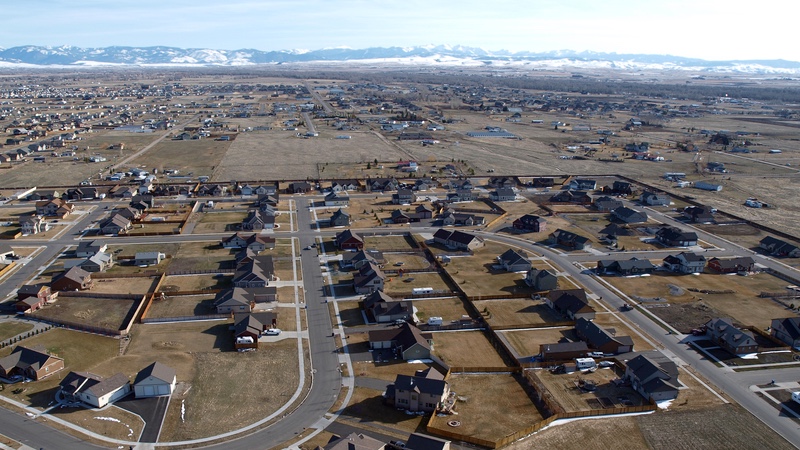
Despite its growth and coolness factor, Montana was recently ranked as the nation’s seventh-worst state for infrastructure. According to Coleman, water and sewer funding is often viewed as an important dimension of fairness by the state’s differing populations and places and their representatives.
“We’re a very dispersed state, with a few major population centers and lots of rural areas,” she said. “Legislators want to see ARPA funds spread evenly across Montana. They want to make sure that the smaller communities in their districts get a fair chance in all of this.”
Healthy Competition
DNRC’s map and dashboard of competitive grant applicants have served a dual purpose. As much as it promotes transparency by showing the public the geographic distribution of the grants, it also allows Coleman and her team to test various funding scenarios, which supports internal accountability.
“It was definitely a decision-making tool,” Coleman said. “We could look at it and say, ‘if we fund the top 28 projects, what does the map look like?’ As we funded more projects, we could see the dots spread across the state.”
“We could show that funds weren’t just going to population centers,” said Corey Richidt, a GIS analyst and developer at DNRC. “We could even see the areas that are disproportionally affected by COVID.”
For Brian Collins, GIS manager at DNRC, the maps serve as a manifestation of the agency’s larger purpose—serving residents.
“Putting together this kind of information resource was a good reminder that we’re in a public service profession,” he said. “We’re providing customer service at a very high level to people that need it right now. And it’s very gratifying to put it out there this way.”

August 25, 2020 | Multiple Authors |
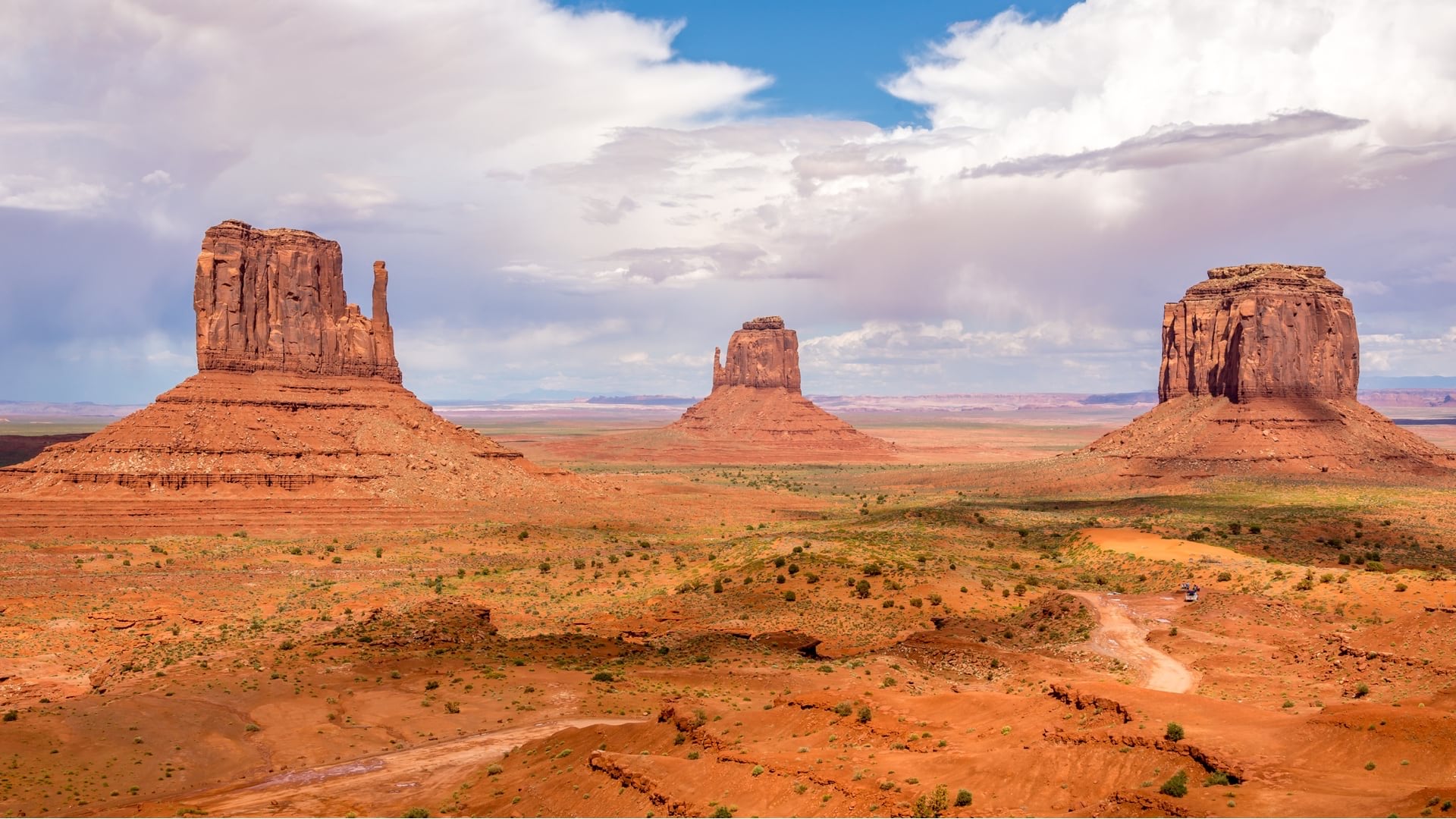
August 24, 2021 |
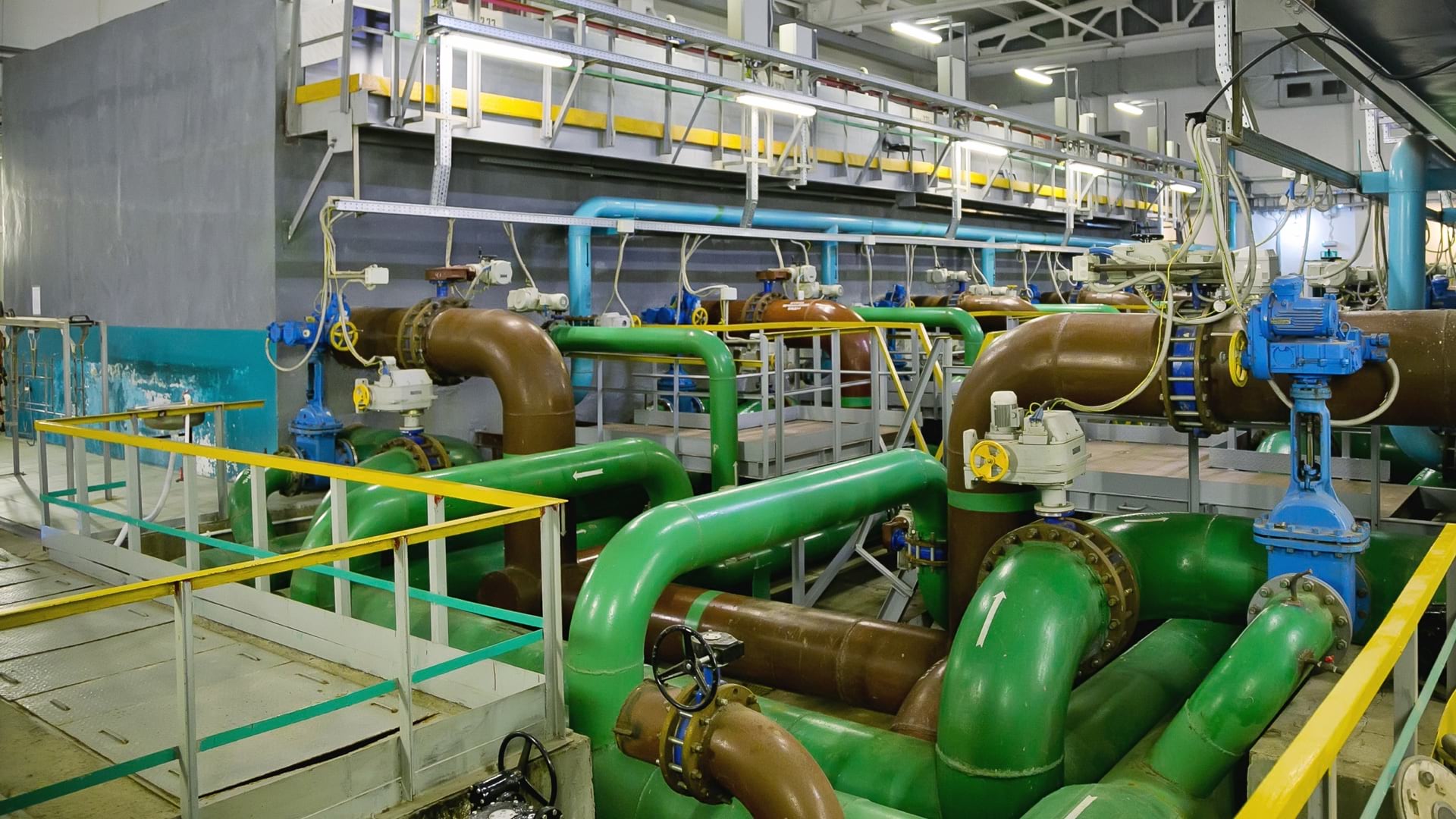
May 27, 2021 | Multiple Authors |